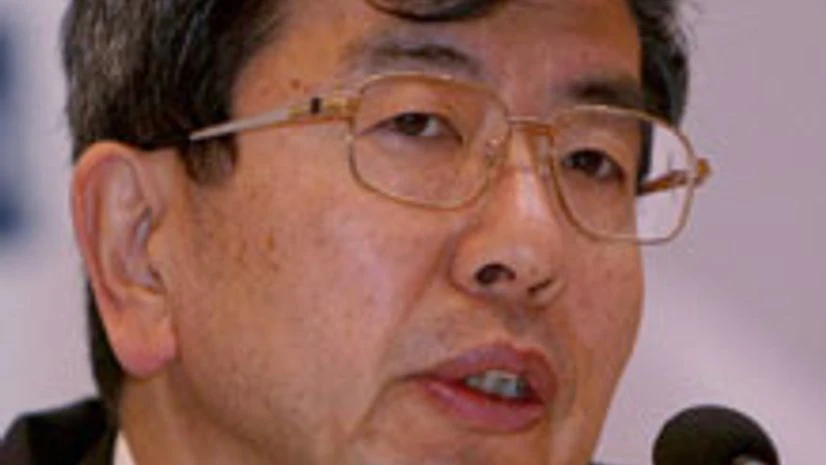Asian Development Bank (ADB) President Takehiko Nakao said the bank expects India's Budget for 2015-16 to implement more subsidy reform, particularly for fuels. Nakao, who met Prime Minister Narendra Modi and Finance Minister Arun Jaitley, told Ishan Bakshi and Indivjal Dhasmana that the government undertook reforms in the past eight months, but many of them are through ordinances. To woo investors, these should be replaced by permanent laws. Edited excerpts:
This is a time when the Budget for 2015-16 is being prepared. What are your expectations from the Budget?
We want to see, once again, subsidy reforms, particularly on oil subsidies. Also, fiscal space should be used for expanding public investment and also some social sector expenditure. It is also important to keep the fiscal deficit low. In this respect we are also looking at tax reforms such as Goods and Services Tax. It is not important from the point of view of raising revenues but for avoiding a cascading effect, distortions and procedural problems to the industry.
More From This Section
The government has already started many reforms, such as subsidy and environmental clearances. But, many of the other reforms have come through ordinances. It is important to make those reforms permanent laws. These are to be approved by Parliament. In a way, it is a challenge for the government. But to convince investors, it is really important to make these reforms permanent laws.
The government reportedly instructed multilateral agencies to seek its permission before going for studies in India. Does it hamper your independent research?
We don't do research without consulting government. These are demand-driven.
How do you assess new government's pitch for the 'Make in India' programme, and what role would ADB be playing in it to help India become a manufacturing hub?
'Make in India' involves infrastructure investment, removing red tape, rationalising procedures, and it is also about skills, how to educate people, how to make them competitive. On all fronts, we are happy to support the Indian government. Within infrastructure, power, transport and urban infrastructure are the three important areas of our support and our lending to India. And about skills we are supporting (through) technical and vocational education training. Education in those schools will be needs of the industry. We are involved in private sector through public-private-partnership (PPP) for these skill training
How much lending can India expect from ADB in the near future?
ADB achieved the record lending of $3 billion in 2014 - of which $2.2 billion was for sovereign loans and $0.8 billion to the private sector. ADB is planning to maintain the high lending level of $7-9 billion during 2015-17 to support the government's vision of a faster, sustainable and more inclusive growth.
India has been pressing for reduction in commitment charges by ADB from the current 15 basis points.Is there any possibility of accepting that demand?
So far as the commitment fee is concerned, there is no possibility of reducing it at this moment. We tried to make interest rates as reasonable as possible. Our lending rates are even lower than those of the World Bank. We tried to be as competitive as possible.
You are meeting Prime Minister Narendra Modi. One of his favourite projects is smart city. How do you see ADB's collaboration with India on this front?
We are looking at providing important support to India for smart cities We will support 10-20 smart cities.
Are you looking at particular sectors within smart cities?
We can discuss what kind of projects we can support for smart cities. There are many initiatives by the new government such as Clean India programme. We are looking at how we can support those initiatives.
In the current slowing down of growth world-wide, how do you see growth prospects in India?
For India, ADB projects a significant improvement of economic growth from 5.5 per cent in the current financial year to 6.3 per cent in 2015-16. (Both growth rates are based on the older series). The fall in global oil prices should boost growth and reduce India's current account deficit.
You have credit enhancement facility with IIFCL. Are you looking at any other company to provide this facility?
Depending on demand, we can do that especially for the power sector.
You had raised Rs 300 crore from your first-ever sale of rupee-linked bonds abroad last year. Do you plan any such more debt?
It should depend on demand. The reason we tap the market in rupee is because we can use it in rupee. So for private sector lending, if companies want to borrow in rupees to avoid exchange rate risk we are happy to do it. So far compared to the amount we have finance through the market, the demand for rupee lending is limited. How to manage the surplus money and whether we can lend the rupee to the government - there are many questions. We will discuss it with the government.

)
